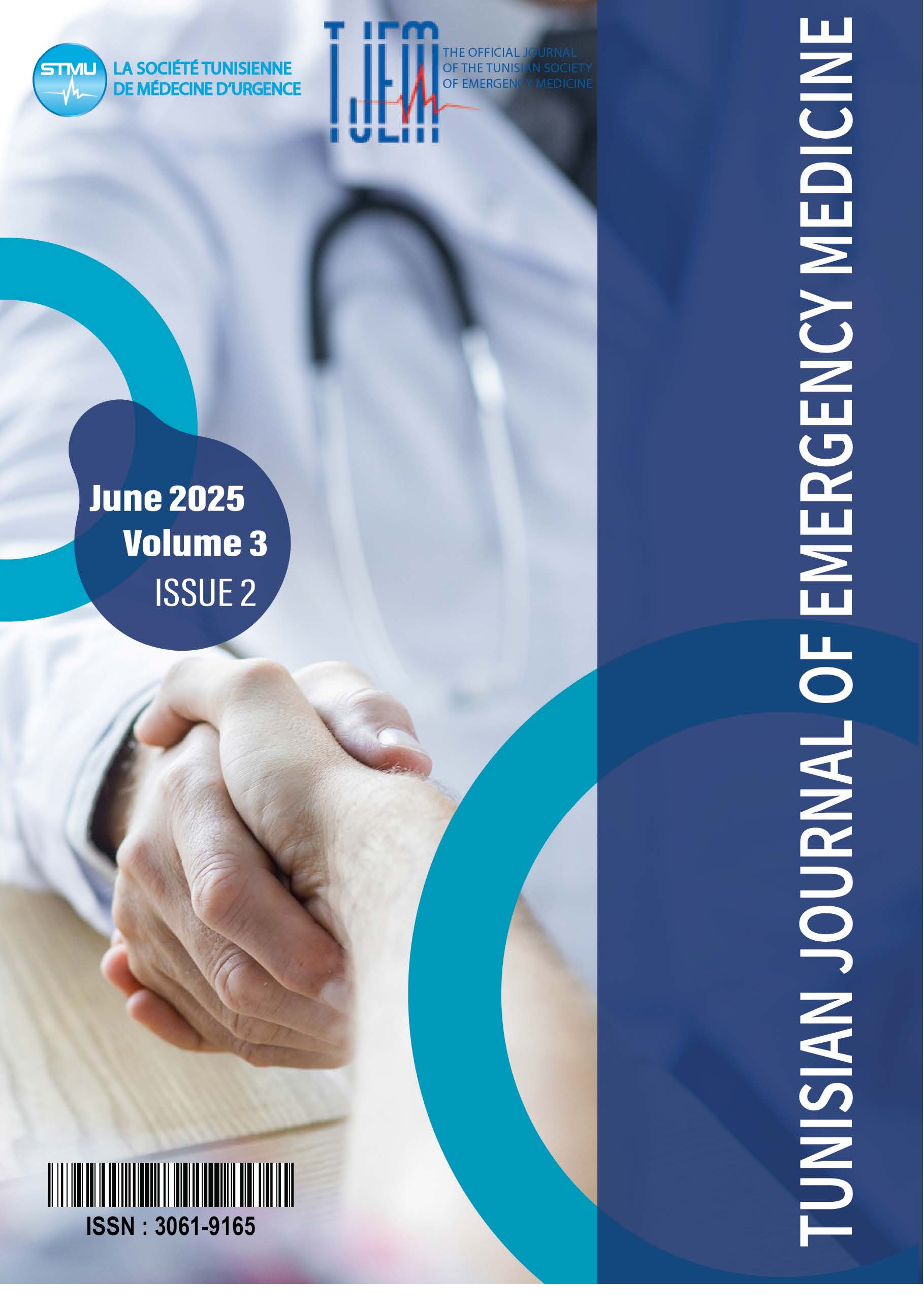Vascular causes of pediatric acute ischemic stroke: the crucial role of imaging
DOI:
https://doi.org/10.0000/wwvw4c47Keywords:
Ischemic stroke, Pediatric stroke, Vascular diseases, Neuroimaging, Arterial dissectionAbstract
Background
Acute ischemic stroke (AIS) in a pediatric patient is a rare but life-threatening medical emergency. Unlike adults, pediatric strokes result from a diverse array of etiologies, with arteriopathies and cardiac anomalies playing major roles. Given the time-sensitive nature of stroke treatment, prompt identification and rapid imaging in the emergency setting are critical to improving prognosis in pediatric patients. We aimed to enumerate the principal vascular causes of pediatric AIS and to determine the specific contribution of different imaging modalities in the etiological evaluation.
Methods
We conducted a prospective study including all children aged less than 18 years who presented with AIS between January 2020 and December 2024. The study was carried out at Hedi Chaker University Hospital in Sfax.
Results
We included 22 patients (12 boys and 10 girls). Our patients were aged between one month and 9 years. Seven patients underwent ultrasonography with Doppler, seventeen patients underwent magnetic resonance imaging and eleven patients underwent computed tomography angiography. We noted arterial dissection in 8 cases, Moyamoya disease in 8 cases, hypoplasia of the internal carotid artery in 5 cases and fibromuscular dysplasia in one case. Imaging modalities provided critical diagnostic information, with Doppler ultrasound detecting flow abnormalities in arterial dissection and hypoplasia, magnetic resonance imaging delineating vascular occlusions and stenoses, and computed tomography angiography assisting in anatomical assessment. Representative cases illustrated the spectrum of vascular pathologies and imaging findings.
Conclusion
Pediatric AIS is frequently caused by a variety of vascular disorders that require multimodal imaging for accurate diagnosis. Early recognition and targeted imaging are crucial for timely intervention and improving outcomes in this vulnerable population.
Downloads
Published
Issue
Section
License
Copyright (c) 2025 Tunisian Journal of Emergency Medicine

This work is licensed under a Creative Commons Attribution-NonCommercial-ShareAlike 4.0 International License.
How to Cite
Similar Articles
- Amira Sghaier, Marwa Toumia, Khaoula Bel Haj Ali, Adel Sekma, Kaouthar Beltaief, Zied Mezgar, Wahid Bouida, Riadh Boukef, Jamel Saad, Hamdi Boubaker, Mohamed Amine Msolli, Mohamed Habib Grissa, Semir Nouira, B-lines Ultrasonography Assessment by Nurses for the Diagnosis of Heart Failure in the Emergency Department , Tunisian Journal of Emergency Medicine: Vol. 2 No. 4 (2024): TJEM Vol2 Issue4
- Olfa chakroun-walha, Cade oil poisoning in pediatrics: about 12 cases , Tunisian Journal of Emergency Medicine: Vol. 2 No. 3 (2023): TJEM Vol2 Issue3
You may also start an advanced similarity search for this article.
Most read articles by the same author(s)
- Wiem Feki, Fatma Hammami, Amina Kammoun, Makram Koubaa, Mounir Ben Jemaa, Zaineb Mnif, Emphysematous pyelonephritis with infected abdominal aorta pseudoaneurysm among a diabetic man , Tunisian Journal of Emergency Medicine: Vol. 3 No. 2 (2025): TJEM 2025: Vol.3 Issue 2

